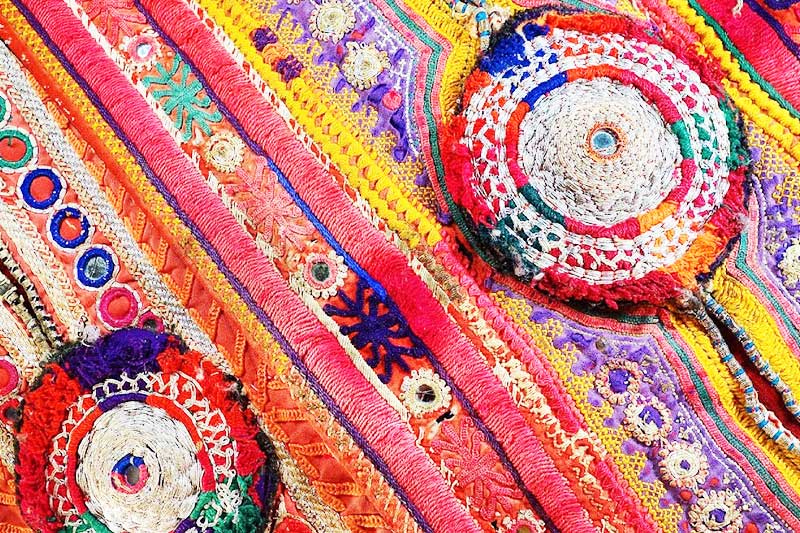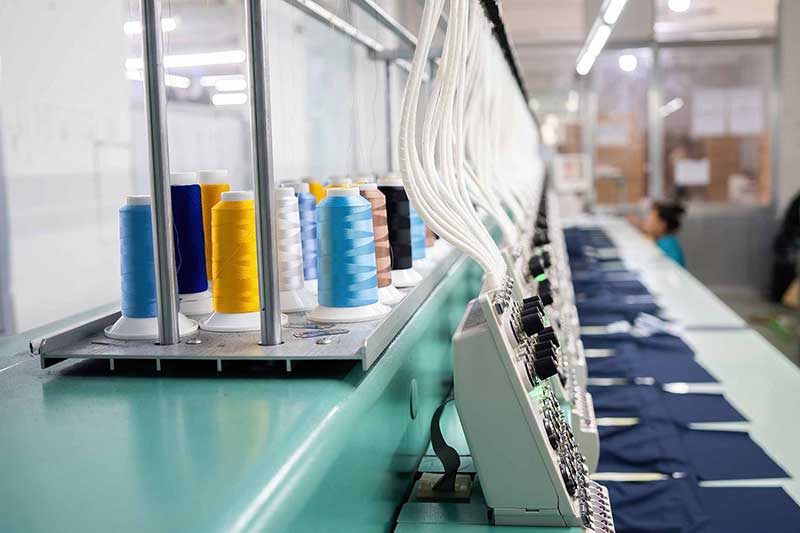Rural India’s Design Labs: Where Craft Meets Contemporary

The overlooked rise of design innovation beyond urban India
In the vast, textured fabric of India’s garment and fashion industry, the story has long been dominated by metro cities, export hubs, and glittering runways. Yet, beneath that spotlight lies a quieter, more grounded revolution — unfolding in the bylanes of villages, the courtyards of ancestral homes, and the sunlit verandas of small-town workshops.
Across rural India, a new generation of artisans, designers, and entrepreneurs is reimagining what Indian craft can become. They are not just caretakers of legacy techniques — they are creators of a new language of design. One that blends the old with the new, the local with the global, the handmade with the market-ready.
This is the story of Rural India’s Design Labs — an underrated movement that deserves our attention.
The New Age Artisan: From Legacy to Leadership
For centuries, rural India has been a living archive of textile craft — from the indigo pits of Bagru to the looms of Varanasi and the mirrorwork artistry of Gujarat. While these crafts often featured in heritage showcases and export catalogs, the people behind them remained anonymous, relegated to the margins of the design conversation.
That’s beginning to change.
Many of today’s rural creators are born into these craft communities but grew up straddling both tradition and technology. They’ve studied in nearby towns, followed design inspiration online, or trained at local institutes. They speak in the language of patterns and palettes, but also of pricing, packaging, and platforms. And they’re returning to their roots — not out of nostalgia, but out of a belief that global aesthetics can emerge from local hands.
These young artisans aren’t waiting for an NGO or fashion house to “discover” them. They are building their own collections, curating their own exhibitions, and even managing their supply chains — sometimes entirely on WhatsApp.
Where Craft Meets Contemporary
What makes these rural design labs stand out is their bold reinterpretation of craft. They are not bound by the traditional motifs, colors, or use cases. A kantha stitch might now appear on a laptop sleeve. A dhurrie-inspired weave might shape the yoke of a minimalist shirt. Ajrakh blocks may be printed on upcycled denim.
Their work is driven not just by heritage, but by relevance.
They study global trends, understand muted palettes, know the difference between Scandinavian minimalism and boho chic — and yet, they never lose their core identity. The result? A truly hybrid design language that speaks to contemporary consumers without losing its soul.
Unlike mass-produced fashion, every piece from these labs carries a story — of process, place, and people. There’s dignity in the slowness, beauty in the imperfection, and pride in the hand that made it.
Selling Globally, Stitching Locally
The quiet confidence of these rural entrepreneurs is evident in how they manage their business.
Many now ship internationally — catering to niche boutiques, slow fashion platforms, and conscious consumers abroad. Some handle everything in-house — from design and sampling to production and packaging — all coordinated via a mix of mobile phones, basic tech tools, and strong community networks.
They understand that the world wants products with purpose. And their small-batch, low-waste, handmade model ticks every box: ethical, sustainable, and authentic.
Their logistics may not be fancy, but they work. Couriers replace warehouses. Community tailors replace factories. And trust replaces middlemen.
This model isn’t just romantic — it’s resilient. Especially in a post-pandemic world that values transparency and traceability more than ever before.
What the Industry Can Learn
Mainstream Indian fashion — particularly its urban, export-driven face — has much to learn from these rural labs. Especially in a time when the industry is looking for fresh identity, local sourcing, and storytelling-driven products.
- Hyper-local supply chains can be more agile and reliable than global ones.
- Decentralized production enables more inclusion, diversity, and creativity.
- Craft-led innovation can help reposition India not just as a manufacturing hub, but as a cultural powerhouse.
And most importantly, design does not need to be urban to be relevant. It needs to be thoughtful.
Preservation Through Evolution
A big fear in the craft sector has always been: what happens when younger generations stop practicing the art?
These design labs offer a hopeful answer.
By updating both the product and the process, rural creators are giving age-old crafts a new life — and a new market. They’re showing that tradition isn’t a fixed idea locked in time. It’s a living organism that can grow, evolve, and adapt.
So rather than replicate the same motifs endlessly for export, they are experimenting — changing the format, function, and finish. This keeps the skill relevant, the work exciting, and the tradition alive.
The Future: Collaboration, Not Charity
If the fashion and garment ecosystem wants to truly empower rural design, the approach must shift from charity to collaboration.
These creators don’t need sympathy — they need visibility, mentorship, and equitable partnerships. They need access to better materials, timely logistics, and smoother export processes. They need platforms that showcase their talent without exoticising their background.
Imagine what’s possible when these rural innovators connect with textile scientists, ethical fashion startups, or digital storytellers. Imagine an India where design is not centralized, but distributed across talent pockets that were once ignored.
Final Thread: This Is Not a Trend — It’s a Shift
Rural India is not trying to “keep up” with fashion capitals. It’s setting its own pace, rooted in values and craft.
These rural design labs are small in size, but monumental in meaning. They represent a future where tradition fuels innovation, and where the next big idea in fashion might come not from a studio in Gurugram, but from a mud house in Bhuj.
And that’s not just inspiring — that’s revolutionary.
More News
Smart Factories: How Automation & Software Are Transforming Textile Manufacturing
Smart Factories are no longer a futuristic concept; they are rapidly becoming the foundation of modern textile manufacturing. By integrating automation, robotics,…View More
Smart Machines, Smarter Business – Functional and Technical Machines Creating New Opportunities in Apparel
The apparel industry is no stranger to reinvention. From the earliest handlooms to the modern factory floor, every era has been defined…View More
India’s Evolving Role in Global Apparel Supply Chains
In the last few years, global apparel supply chains have been tested like never before. From pandemic-related disruptions to rising geopolitical tensions…View More
Quality Control in Garment Manufacturing: What’s Changing in 2025?
In 2025, garment manufacturing is entering a new era—one defined not only by speed and scale, but by precision, consistency, and sustainability.…View More
How to Identify Authentic Indian Handloom Products?
Indian handloom products are a timeless testament to the country’s rich cultural heritage and craftsmanship. From luxurious Banarasi silks to timeless Khadi…View More
Download
Register Now
Recent Posts
Show Countdown
DELHI
Bharat Mandapam (Pragati Maidan), New Delhi, India
- days
- Hours
- Minutes
- Seconds
MUMBAI
Bombay Exhibition Center, Mumbai






